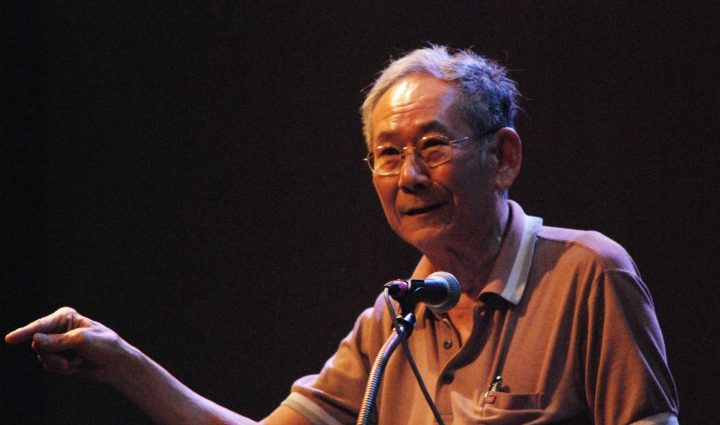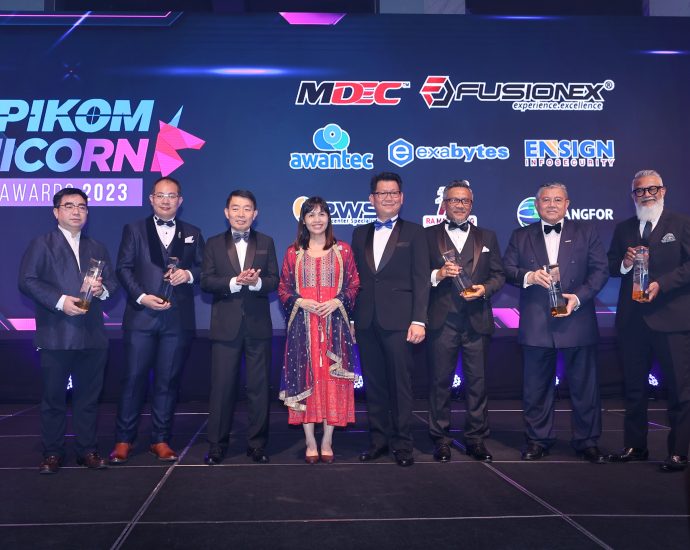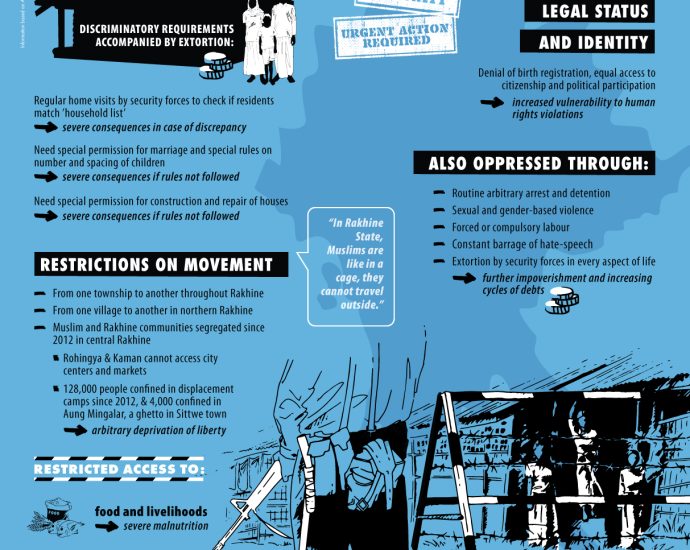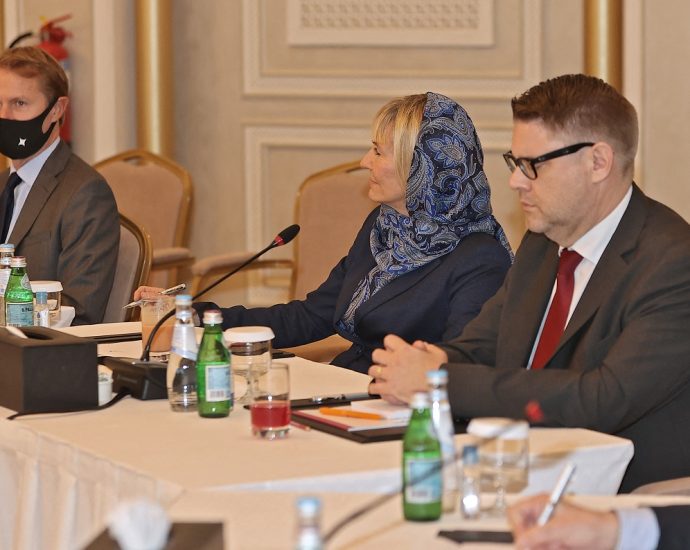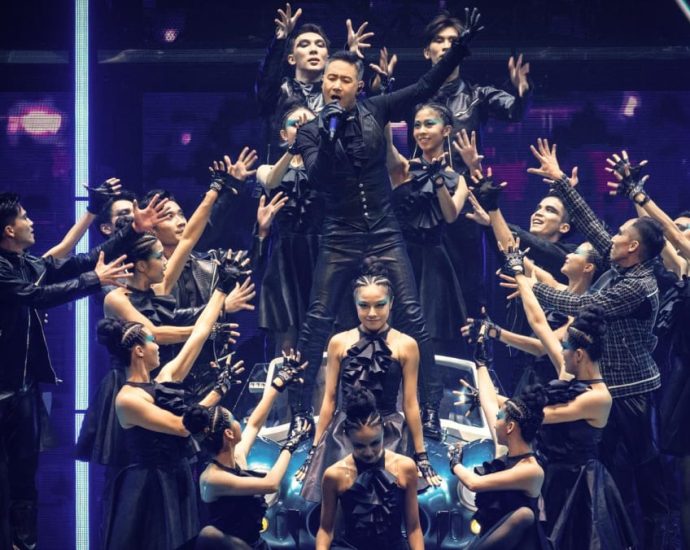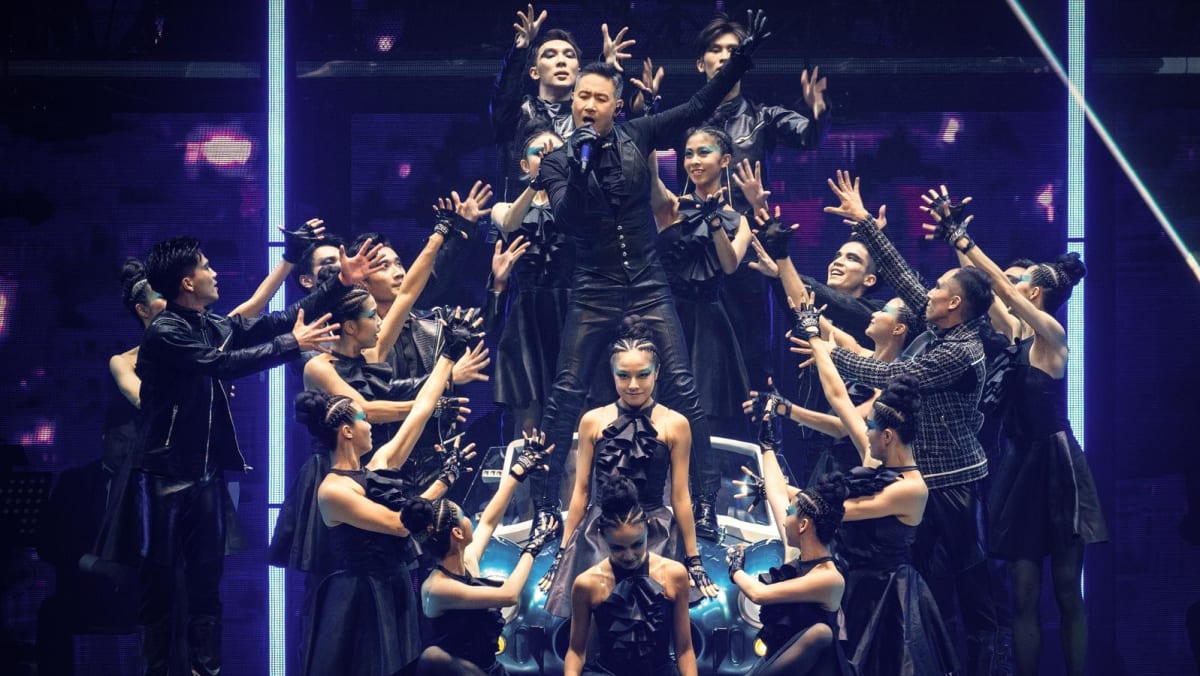Distinguished writer, historian Nidhi dies aged 83
PUBLISHED : 8 Aug 2023 at 04:50

Historian, writer and political commentator Nidhi Eoseewong passed away on Monday at the age of 83.
The cause of death was given as lung cancer, and the time of death was 11.47am, according to his family.
The food alms ceremony will be held at Wat U-mong in Chiang Mai on Thursday, before his body is donated to Maharaj Nakorn Chiang Mai Hospital.
Move Forward Party’s secretary-general, Chaithawat Tulathon, also posted an obituary for Nidhi on his Facebook account.
Nidhi was born into a Chinese-Thai family in 1940 in Chiang Mai. He graduated from the Faculty of Arts of Chulalongkorn University with both a bachelor’s and a master’s degree before starting his teaching position at the Faculty of Humanities of Chiang Mai University.
Following a sabbatical, he returned to the position in 1976 after receiving his doctorate degree at Michigan University in the US.
He then received the title of professor in recognition of his work before taking early retirement in 2000.
He continued his academic work after retiring from his lecturer position, as well as writing a number of political commentaries for magazines.
Nidhi published historical works for more than 50 years. He focused on Thai history, with literature and political science as his specialised topics. He also participated in the Country Reformation Committee, a 19-person committee established not long after the military crackdown in 2010 during the Abhisit Vejjajiva administration.
Nidhi received an honorary doctorate degree from Burapha University in 1997 as well as many other honorary awards, including the Outstanding Research Award from the National Research Council of Thailand, the Siburapha Award and the Fukuoka Asian Culture Prize.

